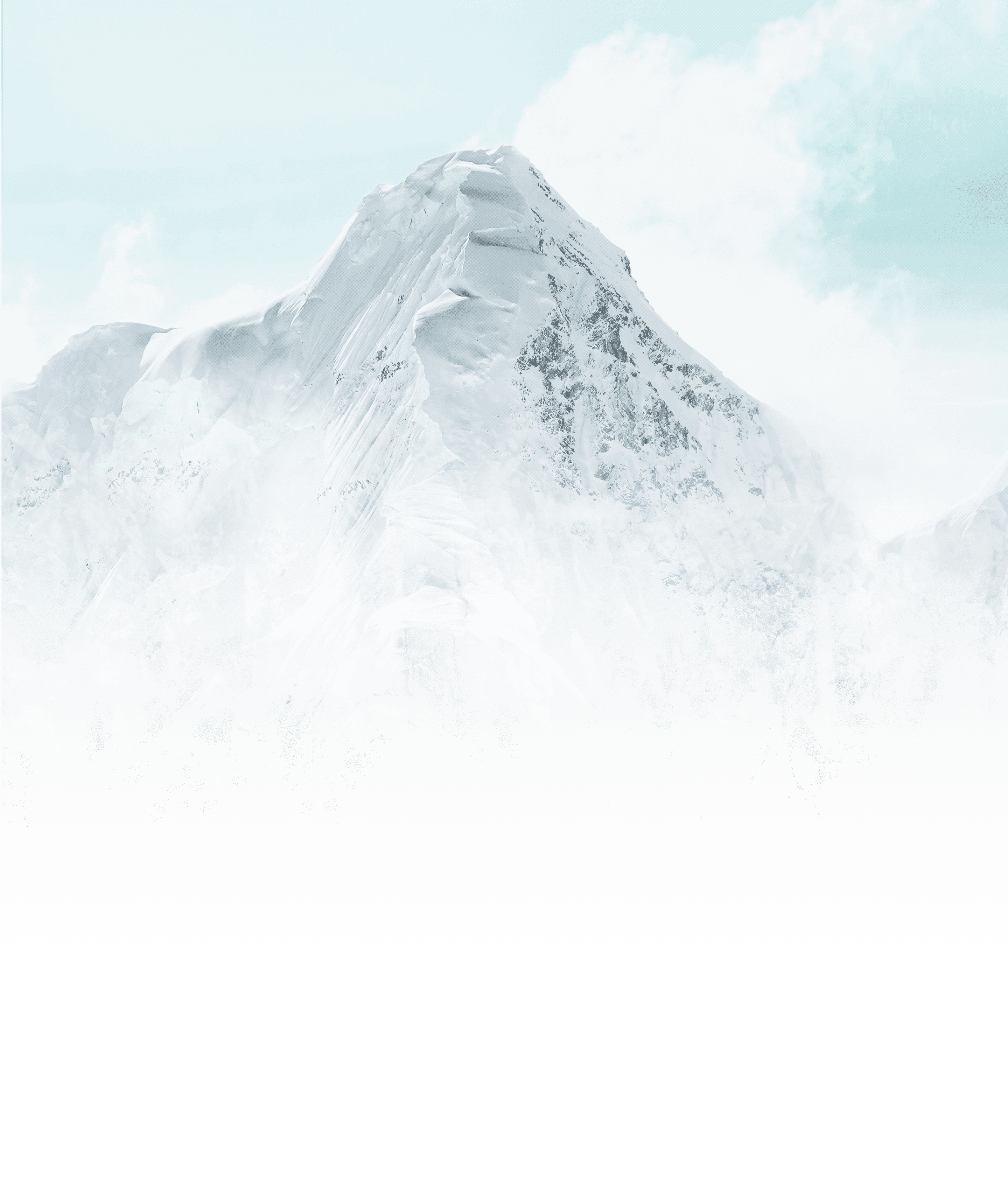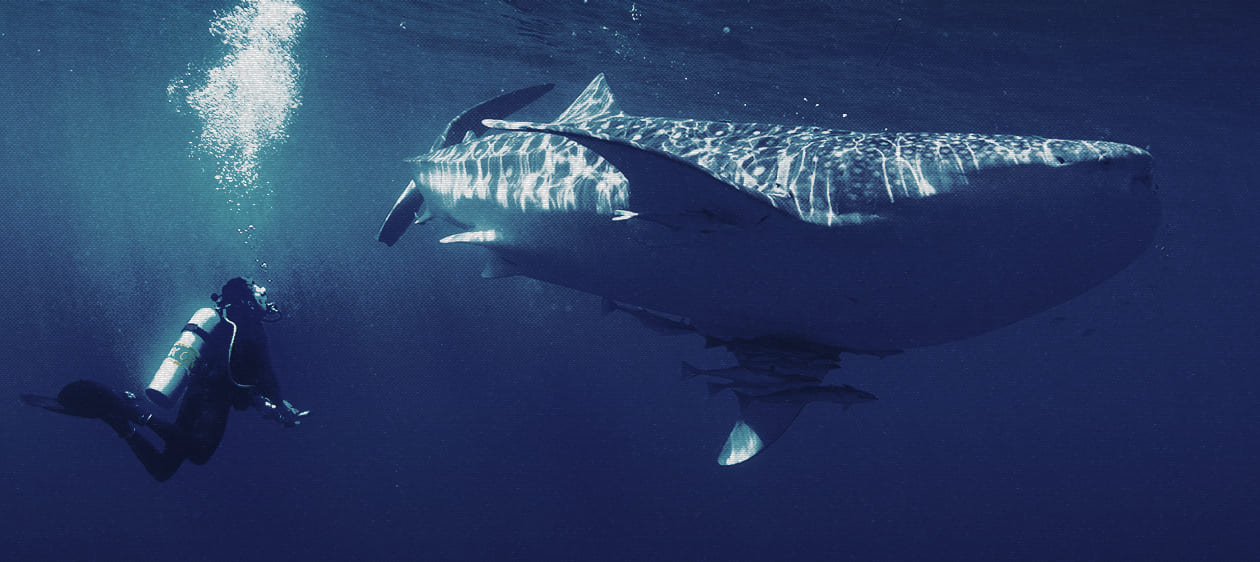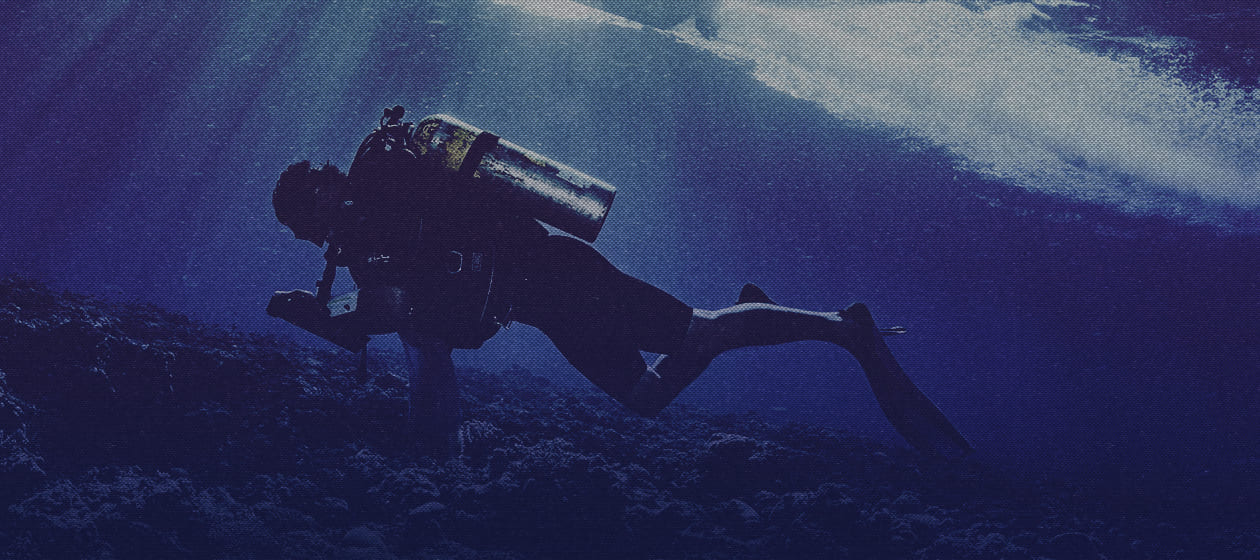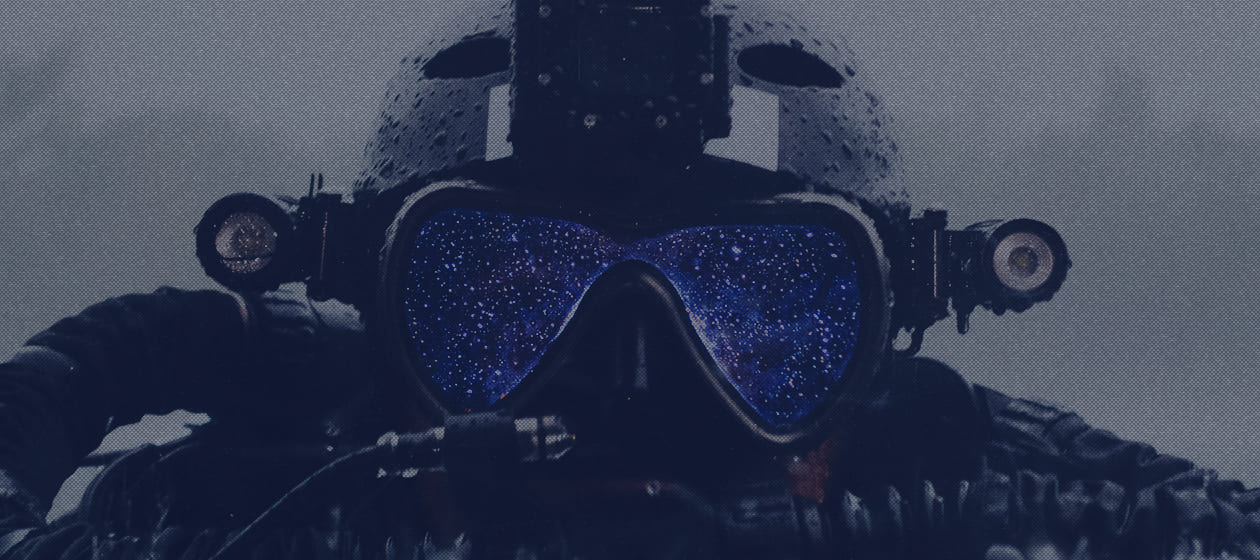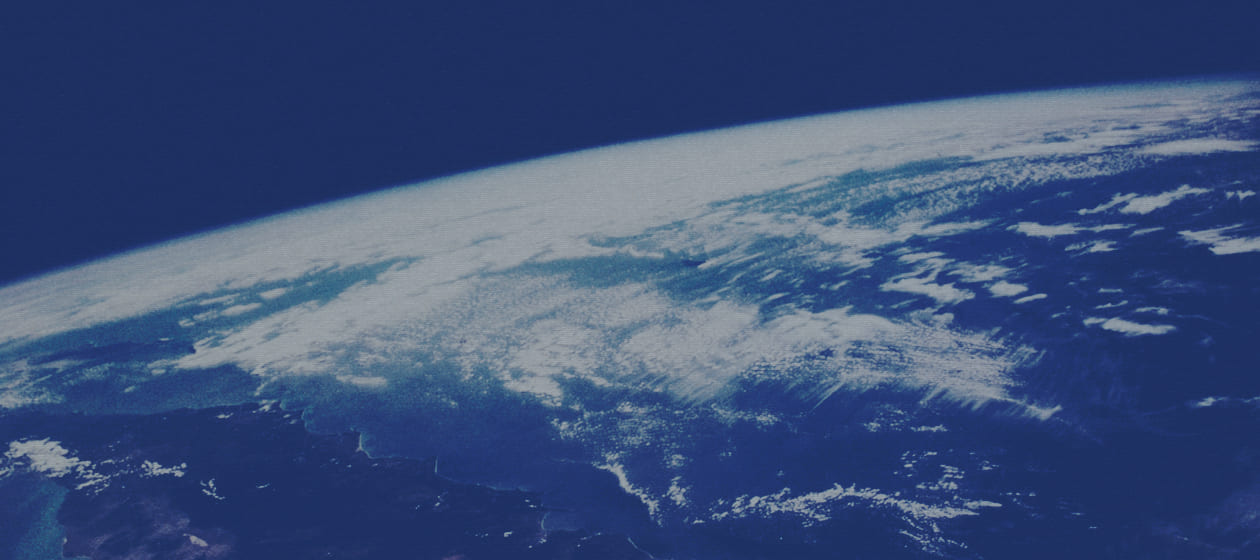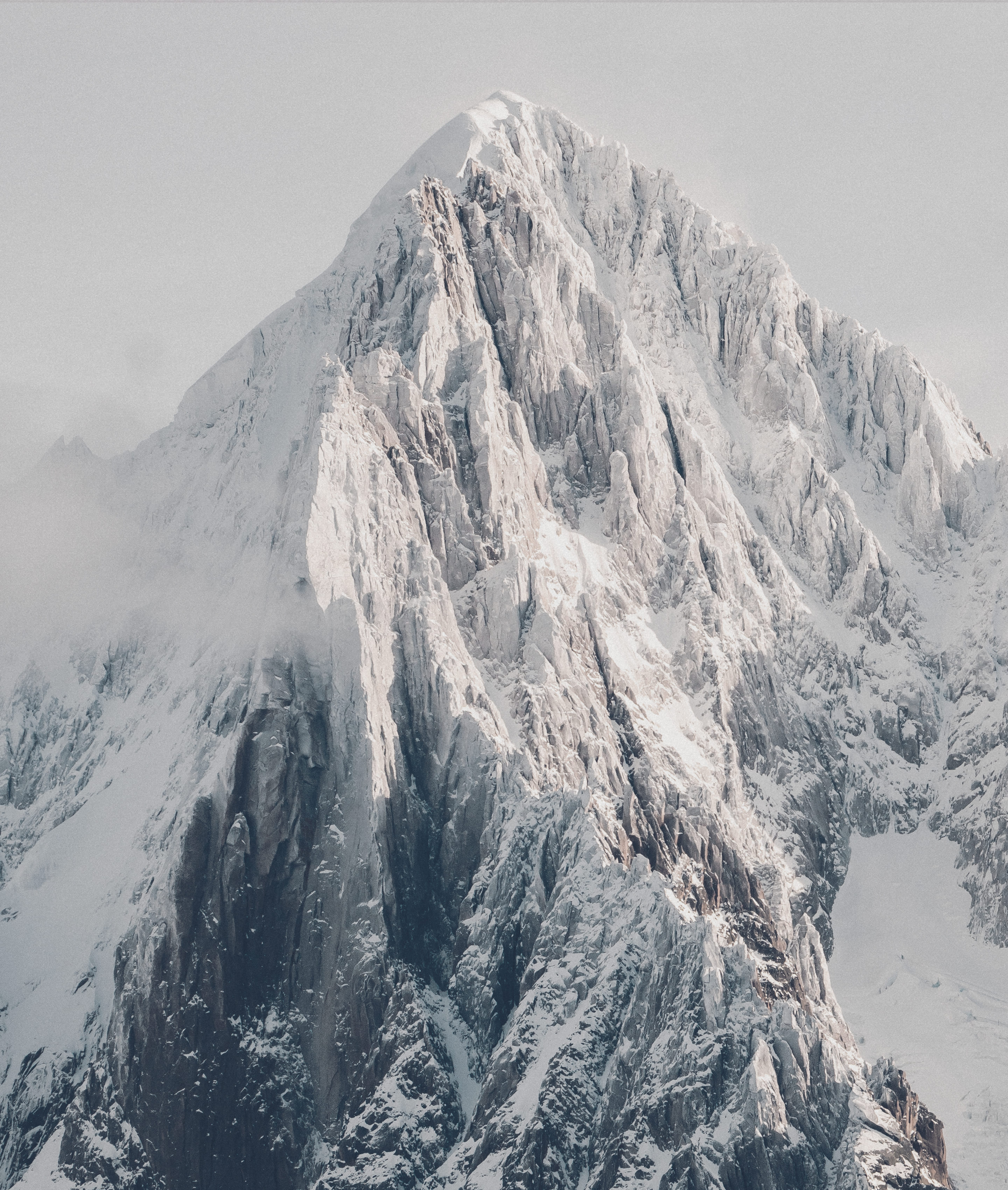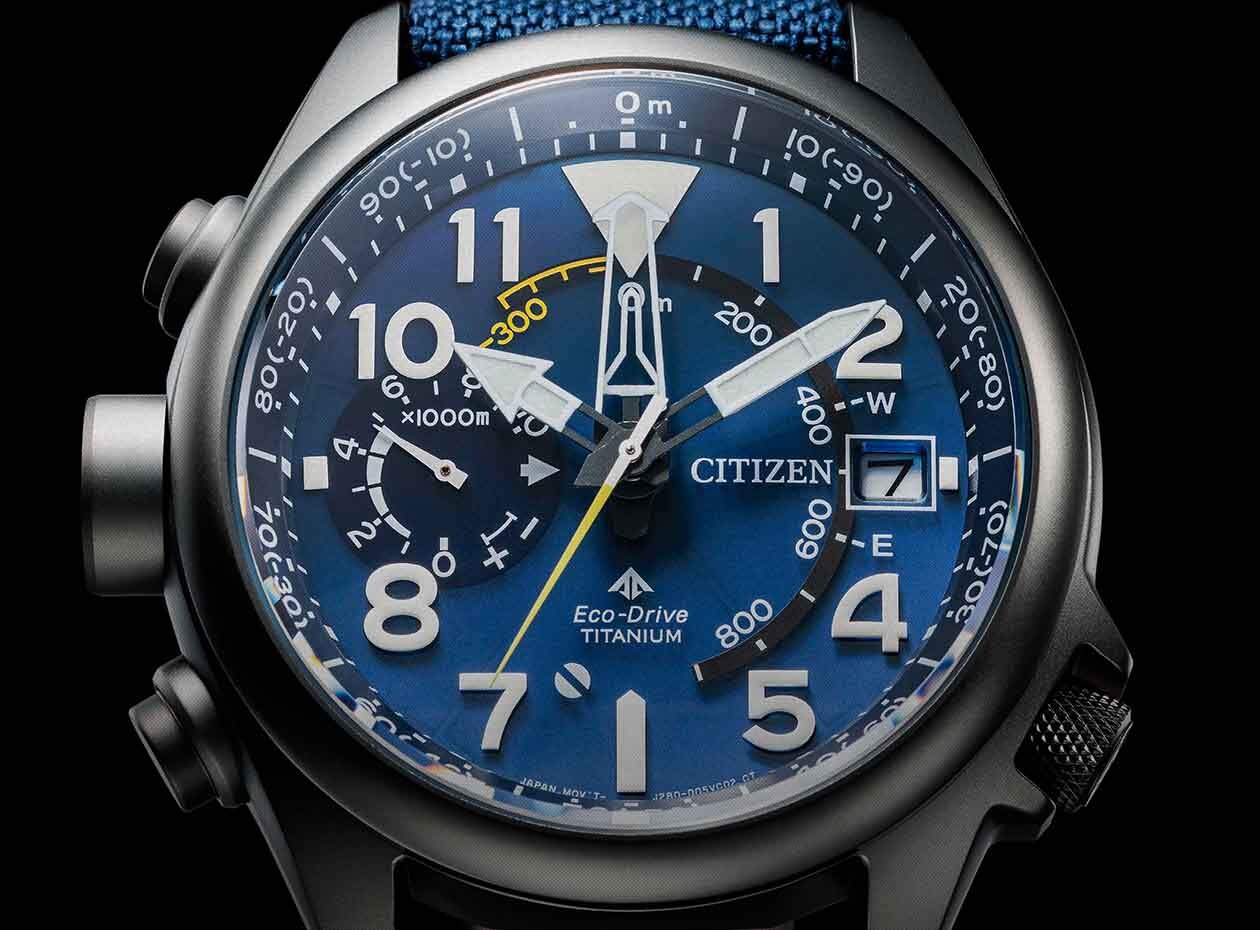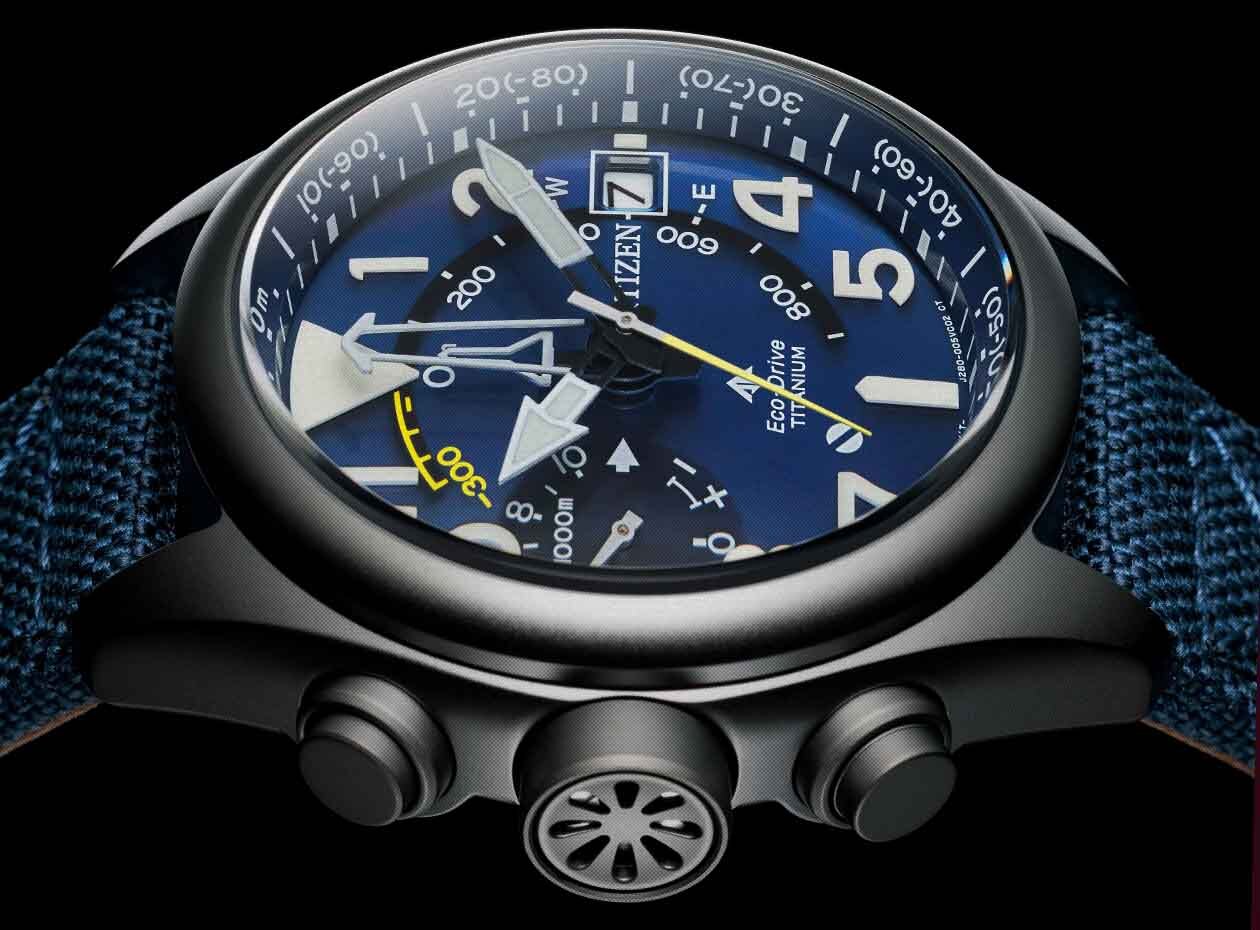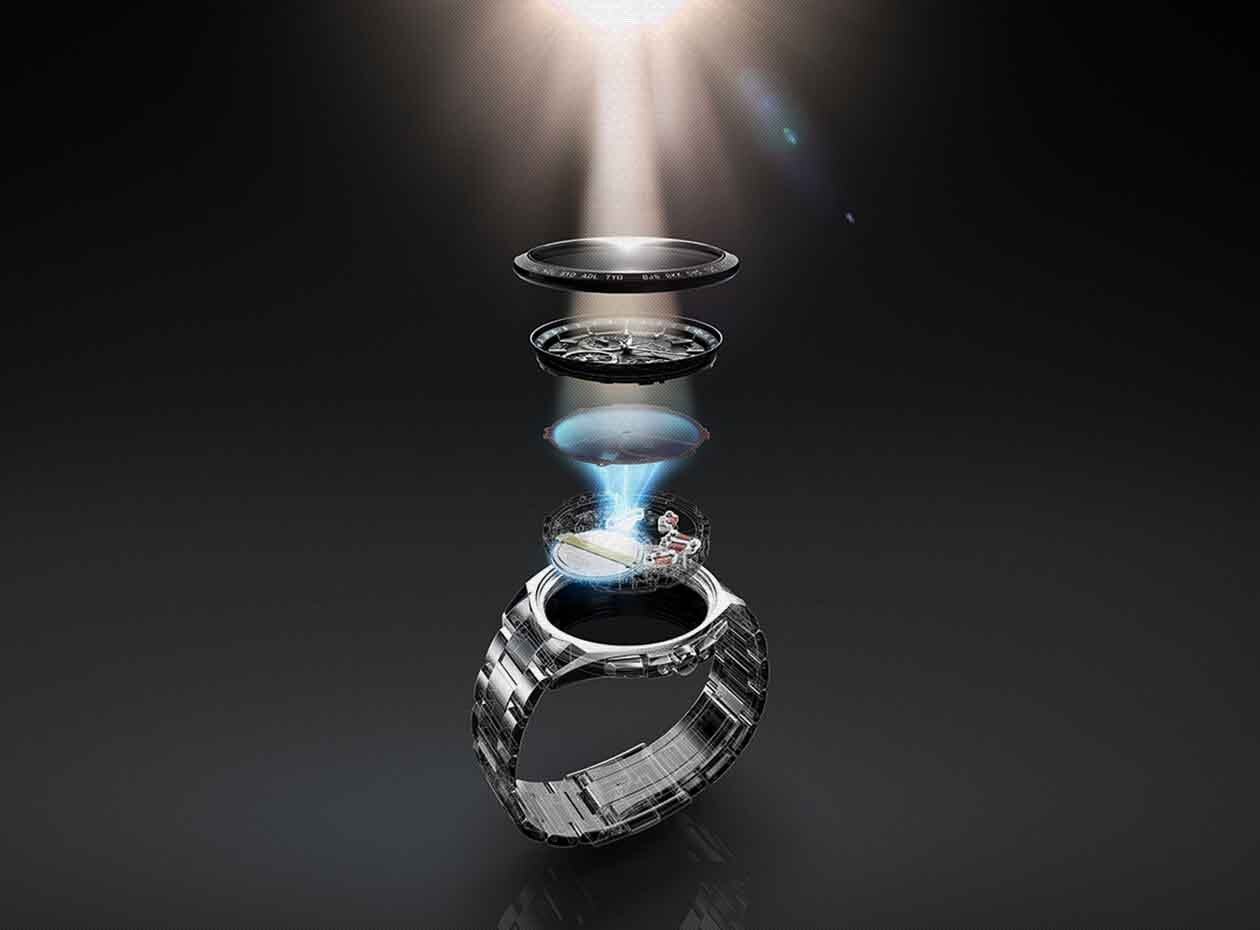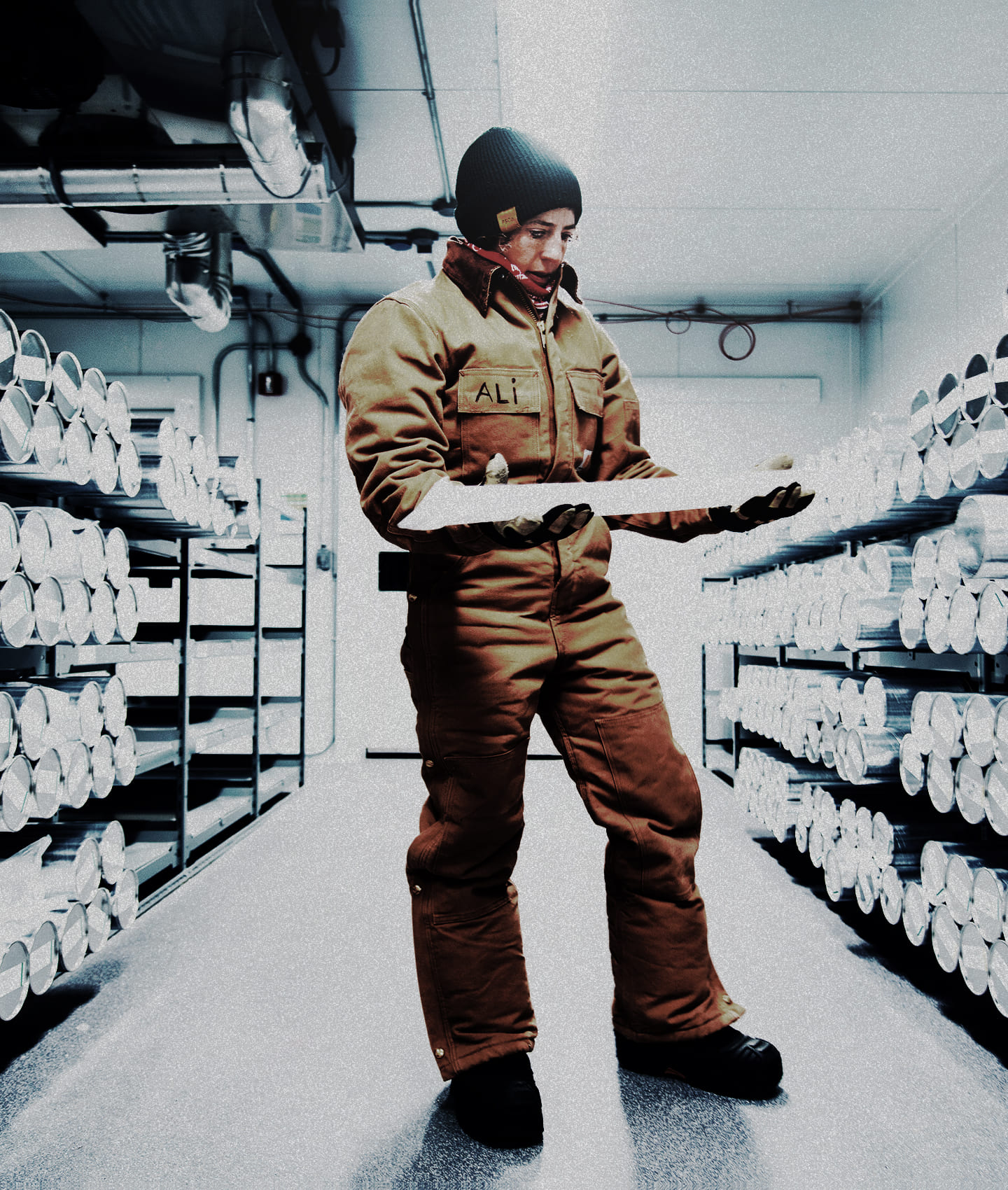GLACIERS:A LIFELONG LOVE
Save the BEYOND A WORLD WITHOUT GLACIERS
THE MOVIE

Photo by John Ulan
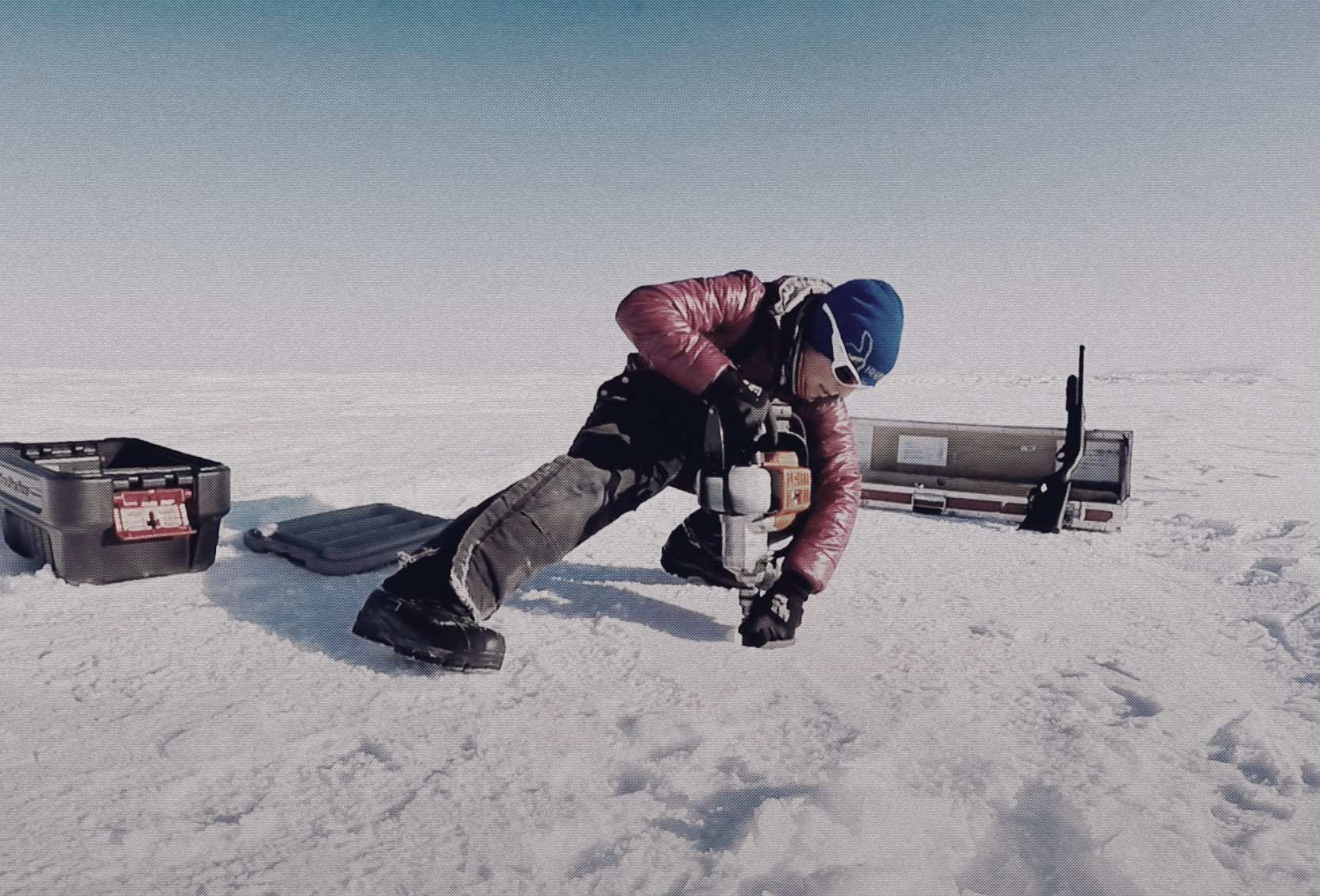
Photo by Anja Rutishauser
(02)


“GLACIERS IMPACT ECOSYSTEMS IN ENDLESS WAYS.” “GLACIERS IMPACT ECOSYSTEMS IN ENDLESS WAYS.”


“DEEP ICE CORES HELP US TO UNDERSTAND AND PREDICT FUTURE CLIMATE.”
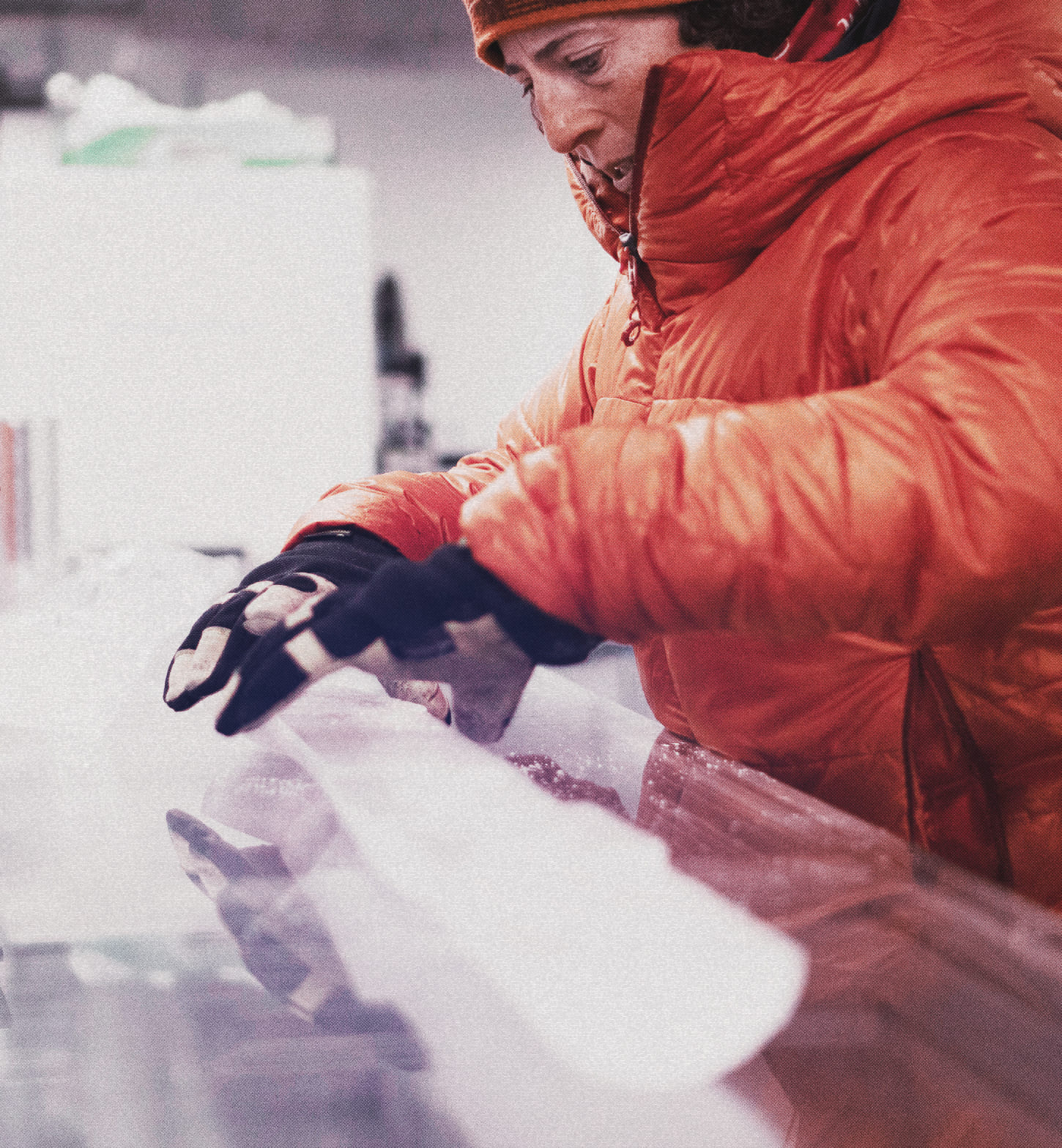
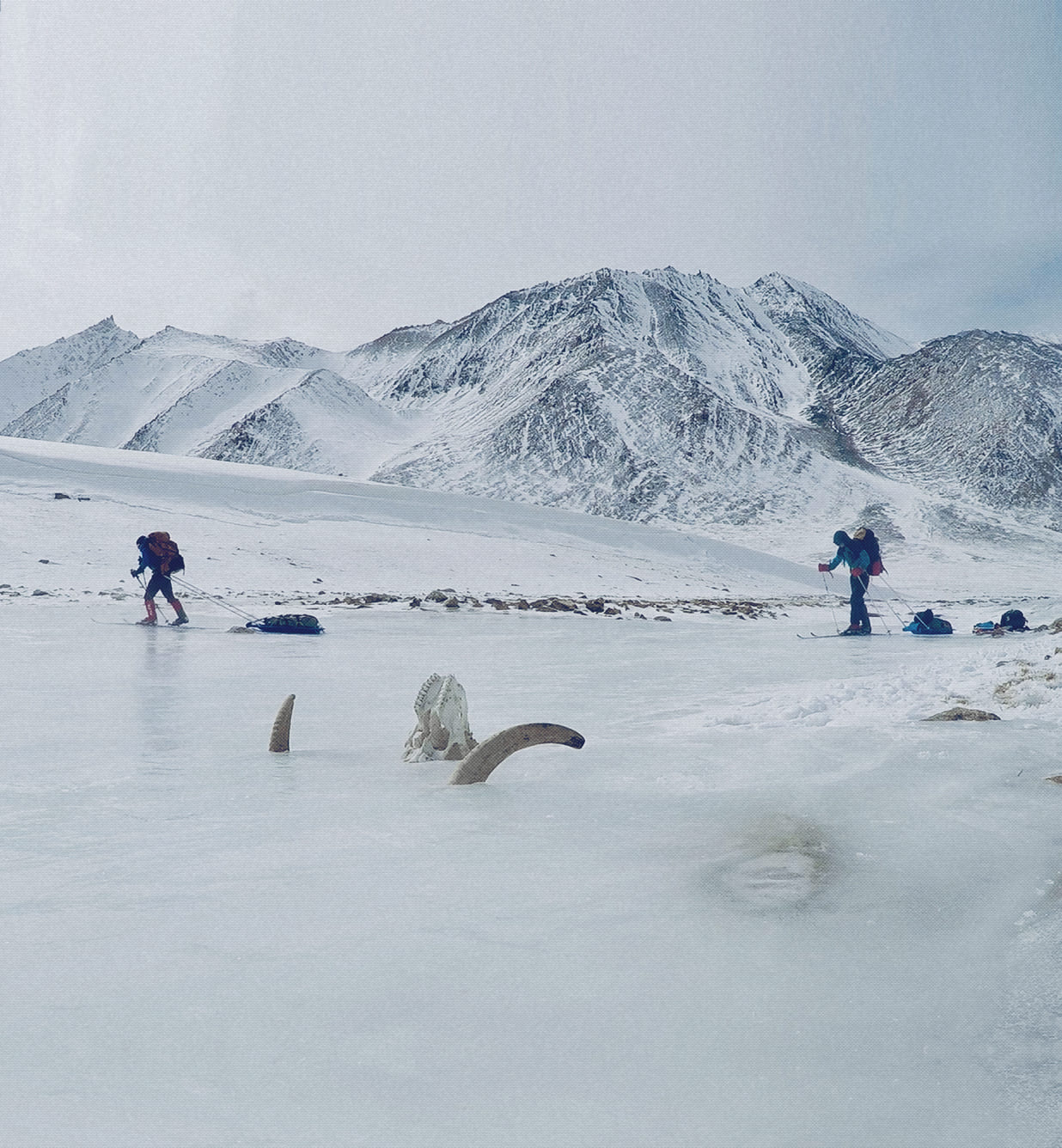
“THIS IS A PROGRAM AIMED AT FOSTERING SELF-CONFIDENCE IN YOUNG CANADIAN WOMEN.”

“REDUCING OUR GREENHOUSE GAS EMISSIONS WILL DETERMINE HOW QUICKLY WE LOSE ICE.” “REDUCING OUR GREENHOUSE GAS EMISSIONS WILL DETERMINE HOW QUICKLY WE LOSE ICE.”
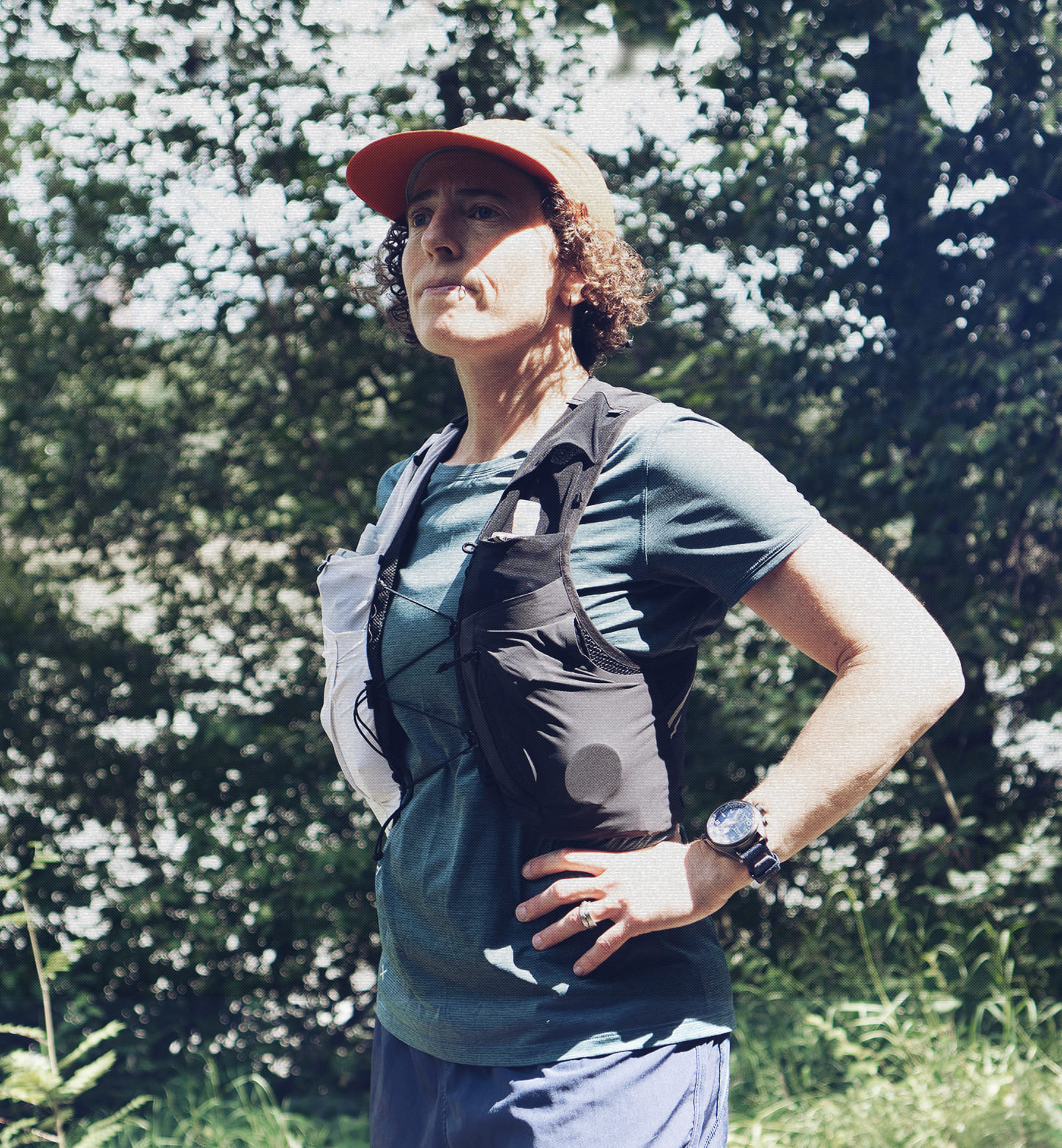
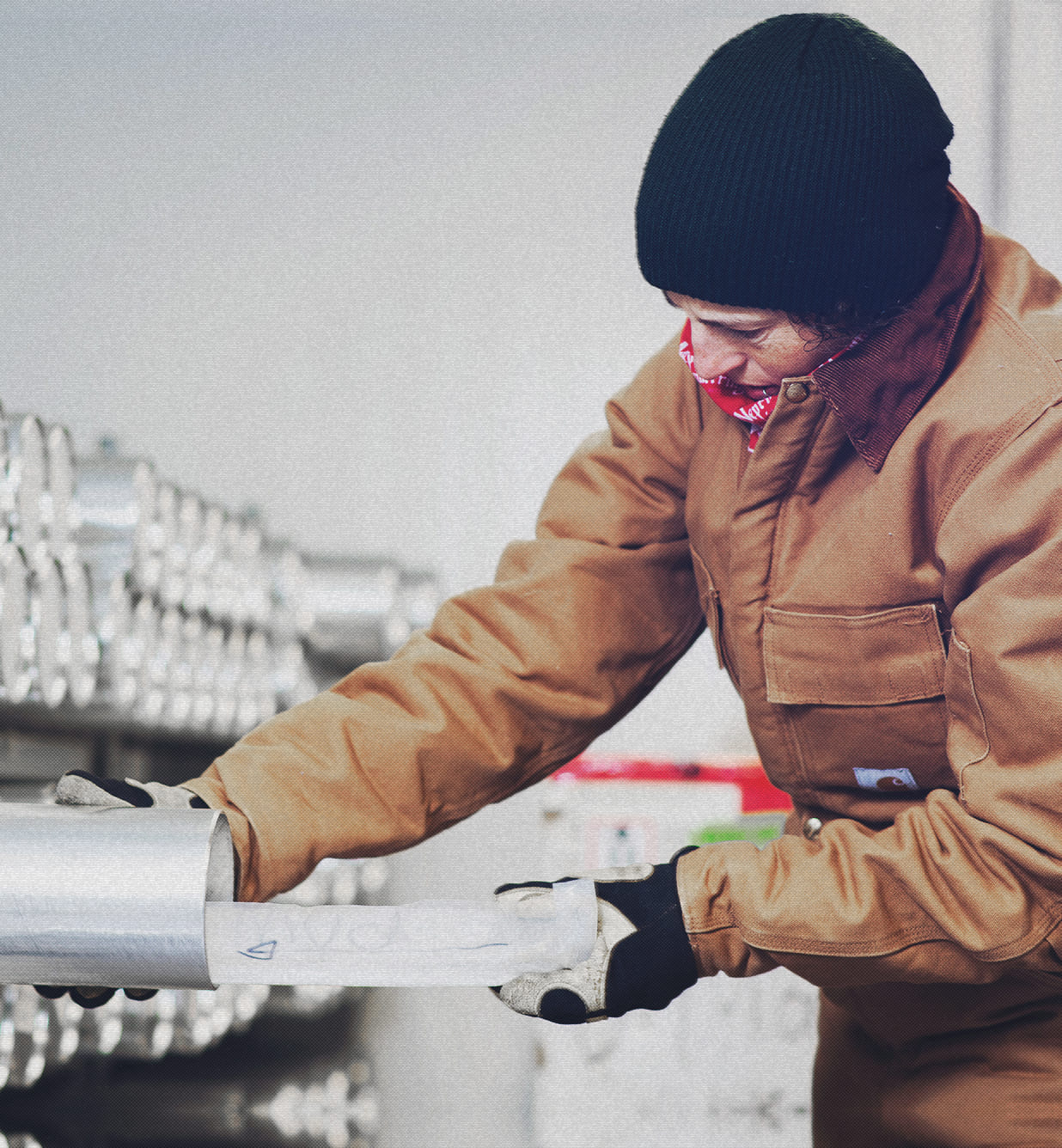
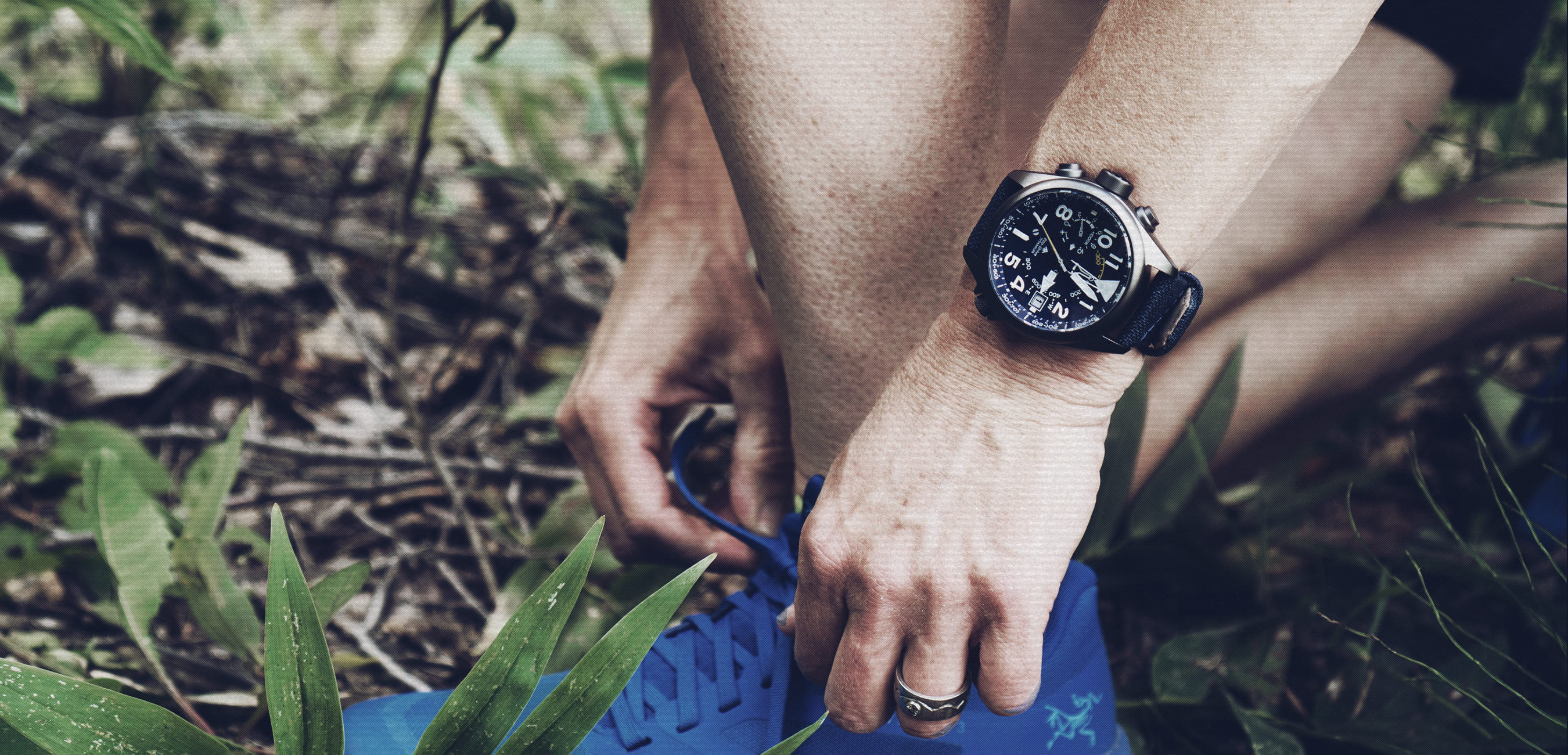
THE LAST GLACIERSTHE LAST GLACIERSTHE LAST GLACIERSTHE LAST GLACIERS
THE LAST GLACIERSTHE LAST GLACIERSTHE LAST GLACIERSTHE LAST GLACIERS
